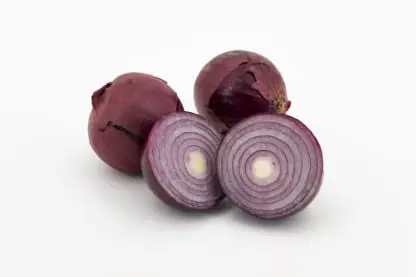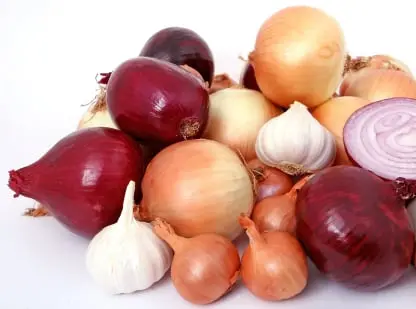Onion inventory storage Fresh Produce Inventory Traceability Software:
Onion inventory storage Fresh Produce Inventory Traceability Software makes onion inventory & storage fast and easy. Easy bulk storage of onions, rapid onion packing, 100% accurate onion order shipping! Manage onion inventory expiry.

Onion inventory storage Fresh Produce Inventory Traceability Software for accurate order filling & production
View Fresh Produce Inventory Traceability Software Specifications.
Onion Storage And Handling
The quality and safety of onions depends on proper handling and storage. Fresh market retail processing can affect the flavor and quality of the onions people take home.
Always follow proper handling procedures and safe handling guidelines as outlined by the Food and Drug Administration Food Code. Read and follow handling instructions on all processed products according to the manufactures label.
Basic Storage & Handling Tips For Dry Bulb Onions:
Always handle onions with care. Do not drop onions as this often causes bruising and internal decay.
Bagged or boxed onions should be stored at least one foot away from walls and other pallets to allow proper air movement.
Keep stacks of bags or boxes at five feet or less.
Store onions in a cool, dry, well-ventilated area.
Maintain storage temperature of 45-55°F.
Do not wrap onions in plastic or store in plastic bags. A lack of air circulation will reduce shelf life.
Onions should feel firm and dry, be free of gray or black mold, and should not have any visible sprouting. Some loose skins are normal.
Do not store onions with potatoes or other produce items that release moisture.
Keep onions out of direct sunlight and other heat sources.
Cut onions will keep for several days if sealed in plastic bags or containers and refrigerated
In 2010, the U.S. onion industry proactively developed voluntary commodity specific food safety guidelines for the dry bulb onion supply chain. This document serves as guidance for growers and shippers to adhere to best practices and regulations [i.e. Good Agricultural Practices (GAPs) and Good Manufacturing Practices (GMPs)] governing safe vegetable production. Many suppliers regularly test and monitor the aspects of their growing and distribution cycles, and maintain records of those results for filing with the appropriate auditing agencies. This ensures that onions sent fresh for market retail processing are of the highest quality.

Onion inventory storage Fresh Produce Inventory Traceability Software manages food safety
The industry supports government efforts to provide a strong food safety regulatory framework. This assures the public appropriate standards are in place and being met by the dry bulb onion supply chain.
It is important to remember dry bulb onions, when removed from the ground, have a non-edible surface that protects the onions and should not be washed in this state. Dry bulb onions are unique. When they have water applied or are washed before the outer skins are removed, it can cause mold and decay to form on the onions. Onions should be kept at optimum storage temperatures that vary as the season progresses, and they should be kept where there is good air circulation.
These guidelines provide recommended food safety practices that are intended to minimize the microbiological hazards associated with dry bulb onions and fresh-cut/frozen onion products. The intent of drafting this document is to provide currently available information on food safety and handling in a manner consistent with existing applicable regulations, standards, and guidelines. The information provided is offered in good faith and believed to be reliable, but is made without warranty, express or implied, as to merchantability, fitness for particular purpose, and/or any other matter. These recommended guidelines were not designed to apply to any specific operation. It is the responsibility of the user of this document to verify that these guidelines are appropriate for its operation.
The publishing trade associations, their members, and contributors do not assume any responsibility for compliance with applicable laws and regulations, and recommend that users consult with their own legal and technical advisors to be sure that their own procedures meet with applicable requirements. No documented food illness outbreaks have been attributed to dry bulb onions at this time. These food safety guidelines are an attempt to be proactive and precautionary.
The guidelines presented in this edition represent a current understanding of conditions and controls that should be considered by every company in the onion supply chain for their respective operations. In some cases, a company may need to consider the guidelines in more than one module. For example, companies involved in Field Packing should also consider the recommendations in the Open Field Production module, and companies involved in Repacking should also consider the recommendations in the Packinghouse module.